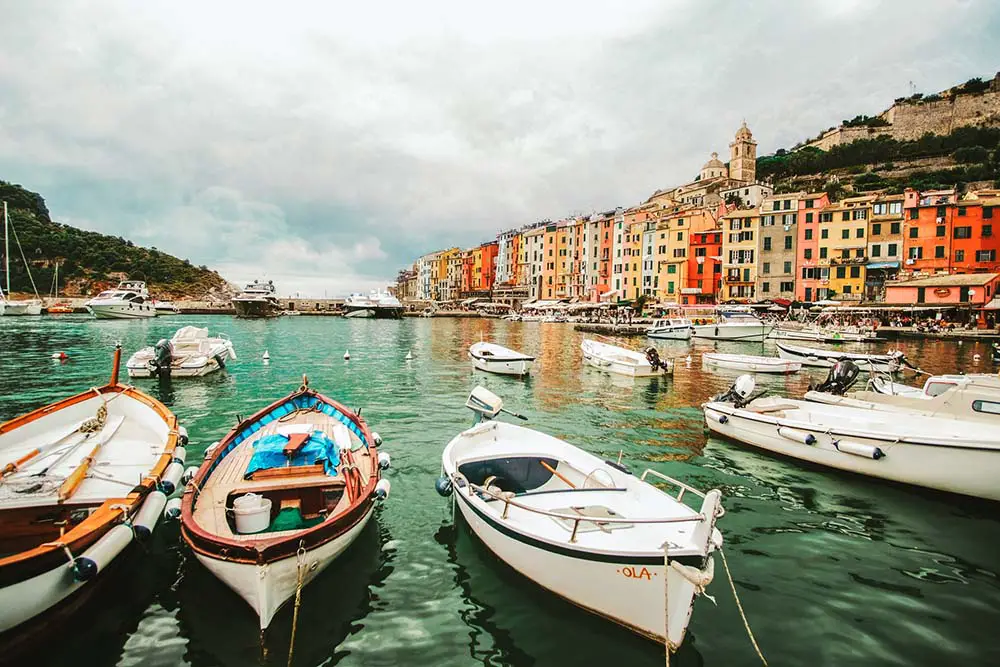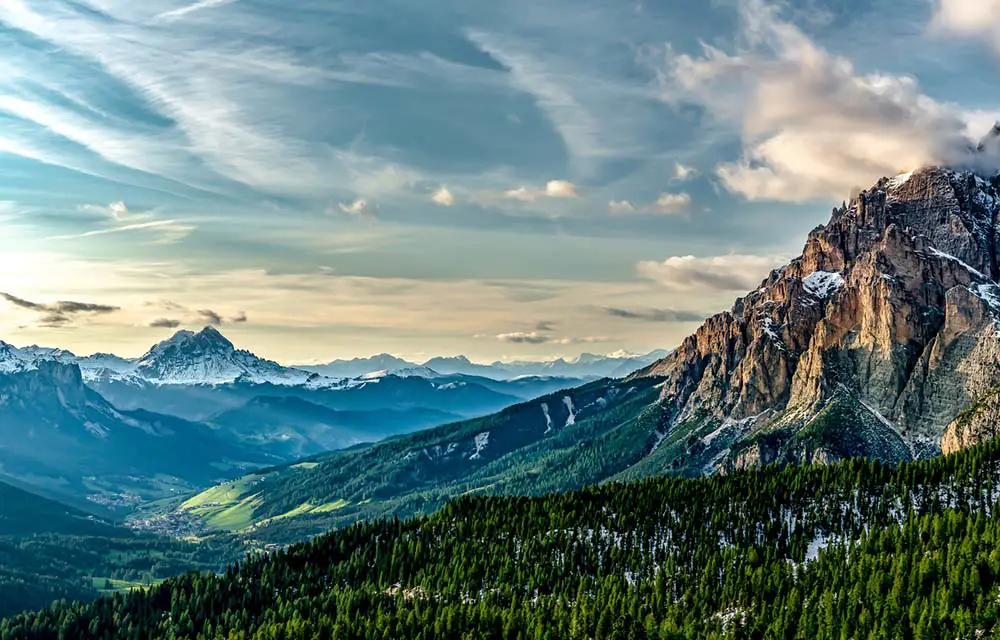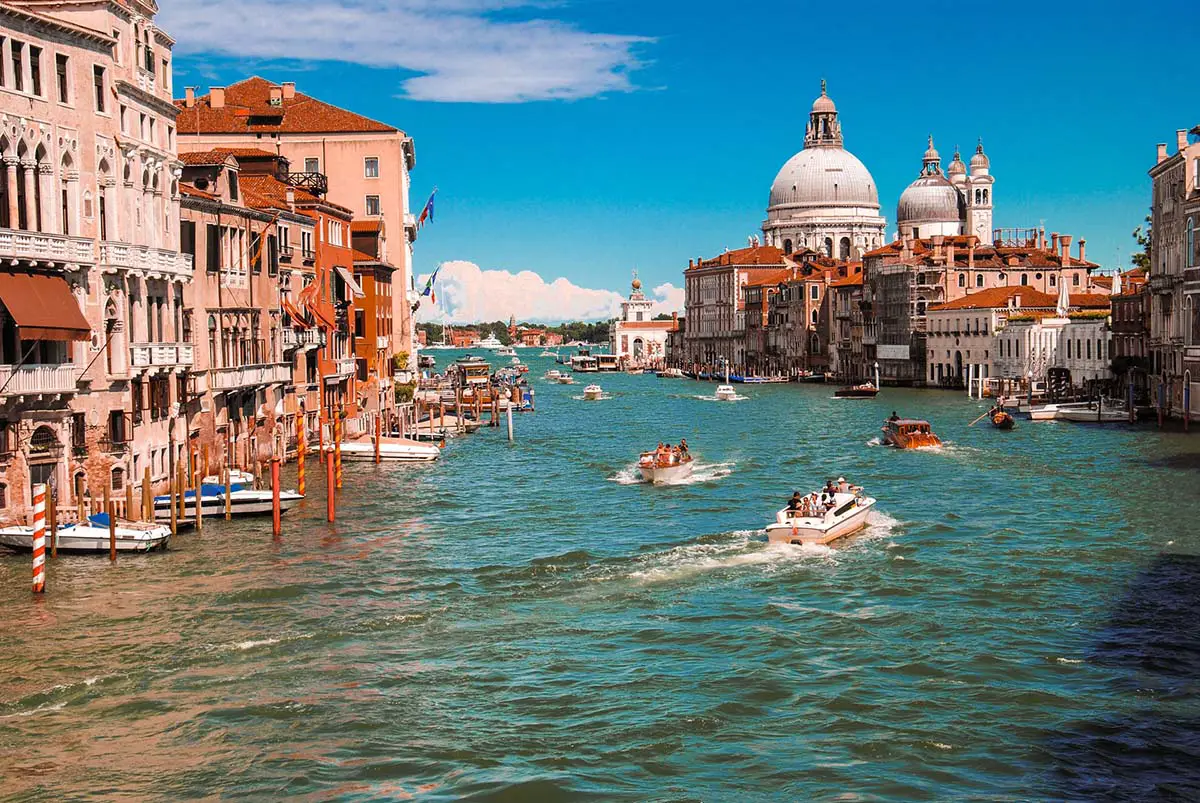Italy’s climate varies greatly from north to south. The northern parts of the country are in the temperate zone with warm summers, and they are home to Turin, Milan, and Bologna. The southern parts of the country are in the Mediterranean climate zone, and they are home to the cities of Naples, Palermo, and the Riviera.
The weather in the north is indeed generally milder than in the south. It can get much colder than this in the north during winter. But in general, the temperature is lower in the north than in the south.
The northeast of Italy is not as wet as the west coast but is usually colder in the winter. The northeast of Italy is occasionally affected by the cold bora winds in winter and spring, but the wind is less strong here than around Trieste.
The Adriatic Coast from Ravenna to Venice and Trieste is one of the few places in Italy where snow falls rarely. There are no true winter days in these areas of Italy. Instead, snowfall occurs mostly during cold spells from the east. And when it does fall, it’s often accompanied by bright skies.
When it snows in the winter, it usually snows in Trieste. It’s possible to walk on the ice sheet that covers the lagoon during the coldest winters, and further south, snow may occur inland but it rarely happens at sea level.
While it’s true that the winter in the south of Italy is milder than in the north, the average winter temperature in Italy is above freezing, even in the north. It’s rare for the winter to be so cold that the snow falls south of Rome.

During the summer, the northern part of Italy is generally drier and cooler than the south, but it also tends to be more humid and cloudy.
It is easy to get too hot in Italy during the summer months. It is virtually impossible to avoid hot weather there. You can find the hottest weather almost everywhere in Italy during the summer.
Autumn and winter weather can be very changeable. During summer, it can be sunny and warm, but then suddenly a cold spell hits and it’s time for a rainy and cold winter.
Central and Southern Italy
While the mountains and coast have a milder climate, the valleys, such as the Val d’Orcia, and the southern Tuscan areas, such as the Maremma and the Alpi Apuane, are warmer.
If you visit in January or February expect it to be cold. In March and April expect the weather to be milder. In May and June expect the warmest weather of the year with temperatures averaging in the 60s F and 70s F. (15-26 C)
In the south of Italy, the temperatures vary greatly from season to season. Winter brings average high temperatures in the 40s F and lows in the 20s F. Summer brings highs in the 70s F and lows in the 50s F. As you travel south, temperatures get warmer and warmer and by the time you reach southern Italy, they have almost no seasonal variation.
Northern Italy and the Dolomites

The Dolomites are an excellent destination for those who love to hike, and swimming and sunbathe in their many lakes. Summers are hot in the valleys and cool up in the mountains.
Winters in this part of Italy are cold. They start in December and last through March (or April some years). Expect lots of snow and sub-zero temperatures, but there’s still tons of sunshine.
Hot Summers
The Mediterranean Sea is located in the middle of Italy, from the northernmost tip of the country to the border with France. It’s considered to be the largest continuous body of water in Europe, covering an area of more than 1,000,000 square miles.
Summer is the hottest time of the year in the north (Liguria), while the south experiences the warmest temperatures in the summer. It rarely snows in the north, and it’s almost impossible to find snow in the south.
What clothes should you bring when visiting Italy?
It’s usually warm during the summer in Italy, so you need only bring light to medium weight clothes for summertime. Winter is usually cold in northern Italy, so it’s wise to bring warm clothing.
The weather in Rome, unlike the rest of northern Italy, is pretty good. It’s usually warm during the summer and cold during the winter. Rain isn’t prevalent during the summer months, so you will be fine with just a lightweight jacket.
Don’t forget your camera! If you have a digital camera or smartphone, bring it along as well since there is so much to capture behind the lens.
How will a warmer climate affect agriculture and forests in Italy?
Climate change can have an impact on a country’s crops. Scientists are concerned about the effect that the changing climate will have on Italy’s Mediterranean forests and agriculture. One example of the impact climate change could have on Italian farms is the fact that the number of hot days that occur each year is projected to increase, which means more water is needed for irrigation. The water supply can be threatened by a lack of rainfall, leading to poor crops.

